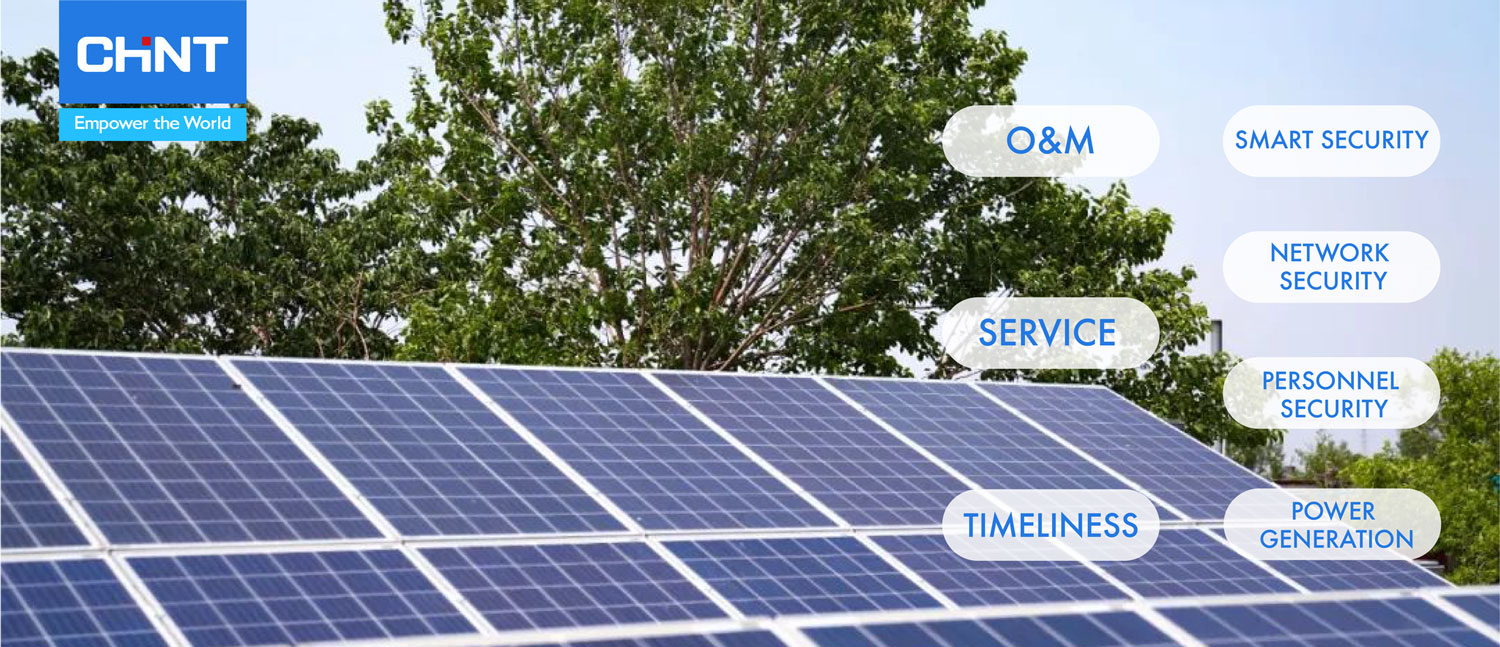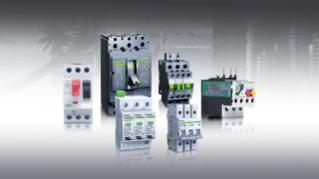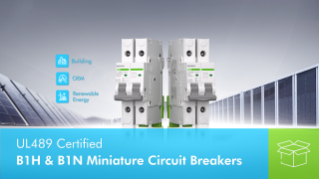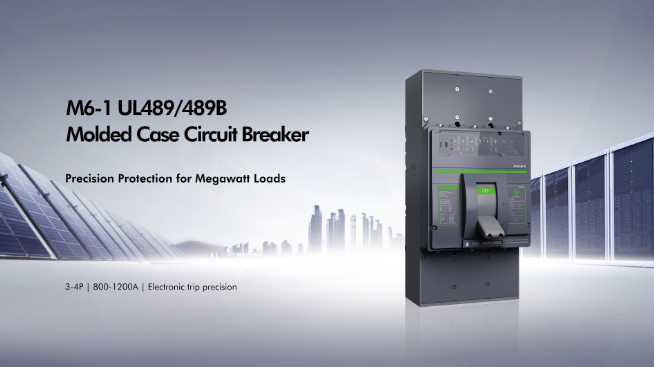Table of Contents |
Implementing a solar power system may seem complicated, whether you are setting it up in a residential or commercial setting. With so much equipment on the market it can be challenging to figure out what you need and what things may not be worth your resources. When considering your needs, a solar combiner box can be a helpful addition to your solar setup. Below, we will explore the purpose and applications of a solar combiner.
What is a Solar Combiner Box?
A solar combiner is a box that combines, organizes and houses solar strings. It takes the output of several solar PV cells and combines them into one line before they go on to the inverter. Solar combiners are designed to work with either AC or DC power, but never both simultaneously. There are fuse terminals inside the box. Solar strings connect to the terminals, and their output is then transferred to a single cable to go to the inverter box.
Is a Solar Combiner Box Necessary?
Unless you have a simple PV cell setup – usually three solar strings or less – you can benefit from a solar combiner. While you may not want to add the expense to an already expensive setup, a solar combiner is well worth the money. Most are affordable and will likely save you money in the long run. There are many advantages.
First, without a solar combiner, many wires will be connected directly to the inverter. With fewer wires, you’ll have fewer headaches. You will save money on materials and installation, as you won’t have to purchase as much wire. A solar combiner also reduces installation time.
Solar combiners reduce energy loss on the AC side. They also allow a shorter wire between the inverter and the transformer. In addition to less materials, you can also take advantage of more of the energy you’re collecting.
Hooking too many wires into the solar inverter can lead to problems. Solar combiners allow you to avoid too many wire connections.
When an issue does occur, it is much easier to identify problems. If an issue arises, it will be easier to figure out exactly which wire is causing it so you can fix it. Solar combiners also make maintenance easier as all of the cables converge in one spot.
Solar combiners can also act as an additional safety measure for your system. You can choose a box with additional components, like surge protection devices, string monitoring software and more.
Since all wires are attached to the solar combiner, the entire system can easily be shut down if there is a power surge. You can prevent a surge from going to the inverter. You can even add remote rapid shutdown to handle any emergencies.
Applications of Solar Combiner Boxes
You can use solar combiners in a variety of situations. If your setup has more than three strings, then you can benefit. Most residential settings do not have enough strings to justify a solar combiner, but larger homes with greater needs will likely benefit.
When using a solar combiner in a residential setting, you can usually purchase one that is already made. You can generally find all the features you need without any customization. A box that is already made is less expensive. Most residences need a small combiner box with a few basic features.
Most commercial and industrial settings will benefit from using a solar combiner. These systems often have many solar panels and strings, so a combiner box can help to simplify the system. Combiners can also help to save money, as you can significantly reduce your materials and installation time.
In commercial and industrial settings, you will likely need a larger box. The more solar strings you have, the more complex the system. A larger box will be capable of managing all the connections.
You may also benefit from a custom setup, as you will be able to get exactly what you need. This is especially helpful in buildings that are abnormally shaped.
Where Do You Put a Solar Combiner Box?
A solar combiner is installed between the solar PV cells and the inverter box. Placement is important, as it can save you energy and money by reducing energy loss. Conversely, if you put it in the wrong place, you may increase energy loss.
While the installation process is relatively easy, you will need some experience working with electrical equipment. If you are uncomfortable, it is best to consult with a professional.
How to Choose a Solar Combiner Box
There are many high-quality solar combiners on the market, but not all are a perfect fit for every situation. Below are a few things you should consider when choosing your box.
First, consider the size of your setup and the number of inputs. You want a box that will fit your system and voltage and give you some space if you plan to grow in the future.
Next, find out what materials each box is made of. High-quality materials may be slightly more expensive but will protect your combiner from the elements and increase its lifespan.
Consider other components that you may want to include, such as DC disconnects and surge protection devices. These make your solar combiner even more beneficial.
Then, think about the installation. Is the installation easy enough for you to do yourself? Will you need to hire a professional?
Finally, consider your budget. It’s not always best to go with the cheapest option, as you may wind up spending more on it in the long run. Instead, find the highest-quality box that fits your budget. Be sure to consider what you will spend for maintenance and repairs, not just the initial cost.
Conclusion
Solar combiners are a necessary addition to any solar setup with more than three solar panels. They help manage wires, preventing issues within the system and making it easy to repair and maintain. You can also get boxes with helpful safety features.
Chint Global offers a variety of solar combiners to fit different sized setups and situations. Visit our site today to learn more about what we offer.






.jpeg)

.jpeg)


.png)



